Succulently Yours…
Hello plant lovers, Happy New Year 2022 from The Green Owl.
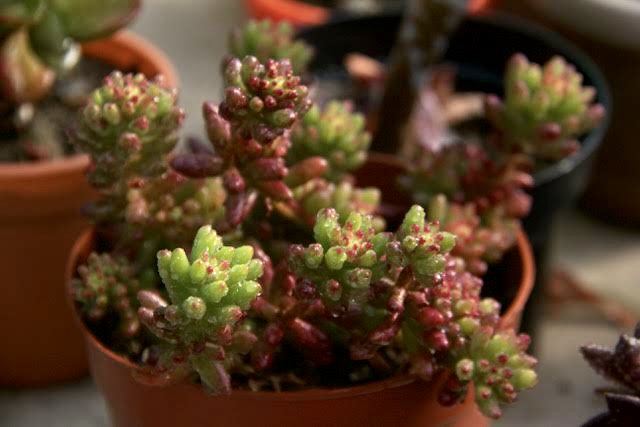
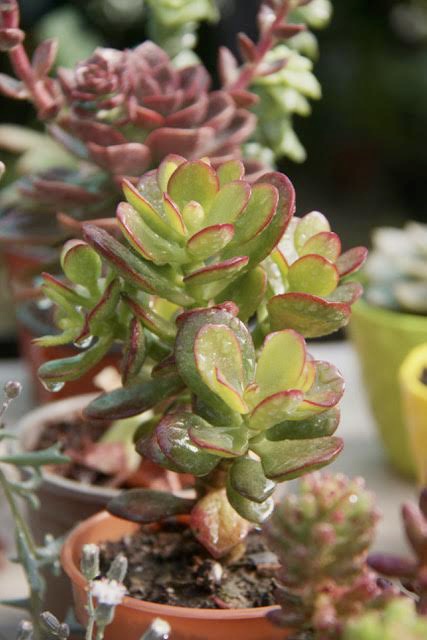
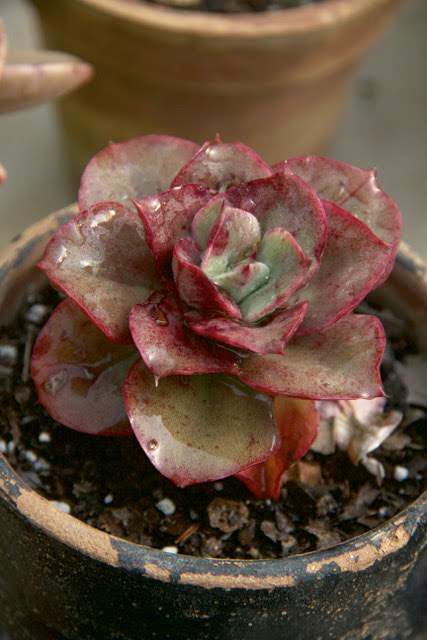

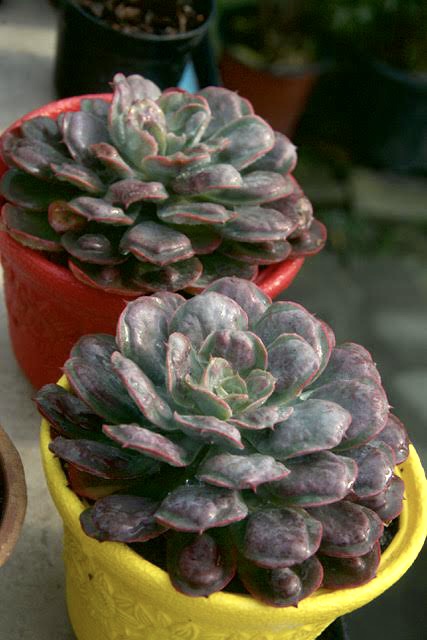
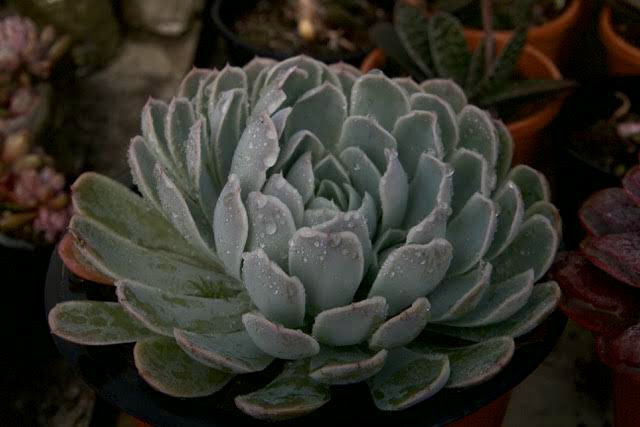
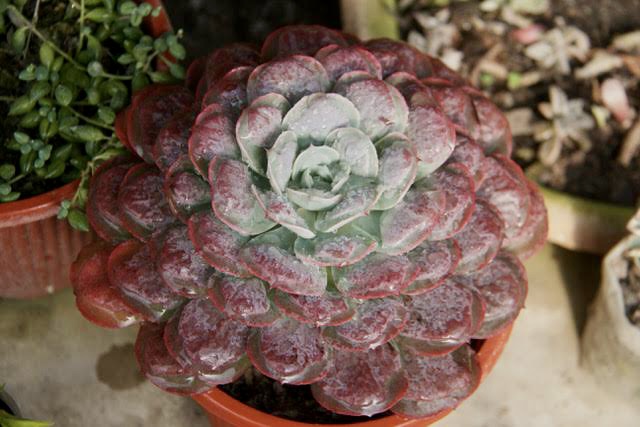
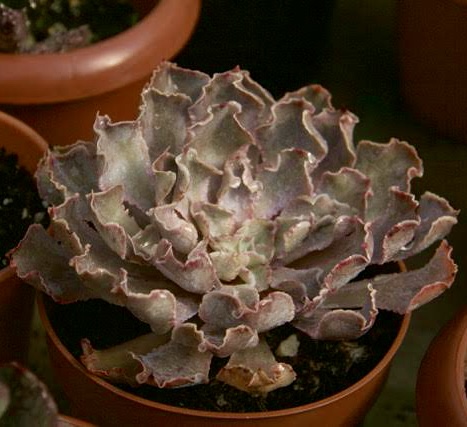
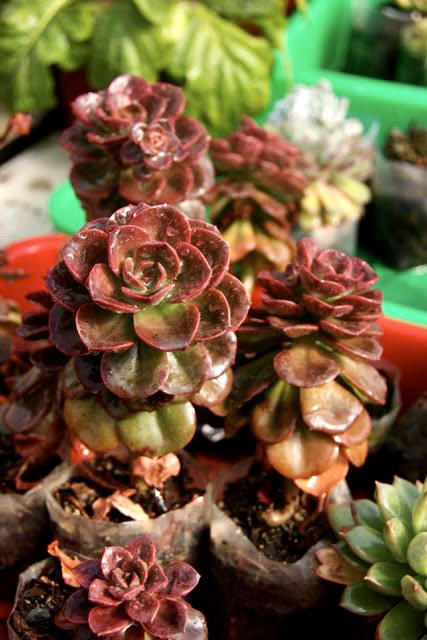
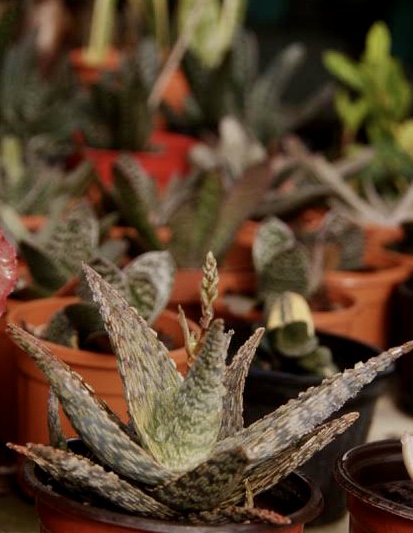
My resolution for this year is to dive deeper into the world of succulents, learn and grow them well unlike the past year where I sadly involuntarily killed a dozen of them.
The word succulent originates from Latin meaning juice or sap. The plants store water in the form of sap in different parts like the leaves, the stem or the roots. This makes them extremely capable of retaining water to combat drought conditions.
Looking into the history of succulents, these plants grew in arid and semi-arid areas like the deserts of Africa, North, and Central America and the European Alps.
Those days are long gone. Now they are very much a part of the lives of anyone with the slightest interest in houseplants. I bet you have one looking at you right now. The current succulents craze has quite literally turned most of our living rooms into greener chambers. These beautiful gifts of nature can beautify any corner you put them in.
One reason why they continue to be a trendy popular houseplant is the fact that succulents are far more durable than other fragile household plants. They come in many different varieties with such fancy names, most times a mouthful. Try saying Pseudolithos migiurtinus for starters.
There are over 10,000 species of succulents worldwide, but only about 2,000 of them are considered cacti. The largest succulent in the world is the Baobab Tree of Africa which can grow up to a height of six metres. The smallest cacti in the world is Blossfeldia liliputana, which measures about a half-inch in diameter at maturity. It is native to South America, specifically Bolivia and Argentina.
Succulents survive well under natural light and as mentioned earlier, do not need to be watered so often. The biggest pleasure I get from collecting succulents is the joy of propagating them. It is such an easy process one can almost feel like a successful plant expert. Just snip off a succulent leaf, let it dry in the sun, plant it in dirt and wait for the tiny cluster of leaves to form. The other great pleasure I get is seeing my succulents bloom. Don’t you get excited when you see little buds showing up? Now if you are wondering why yours aren’t blooming, the truth is, not all succulents give out blooms. Some may take years before they are ready to bloom and some may not flower at all. Some wait for maturity while some bloom really early. When they do bloom it is for that one single reason, to attract pollinators. Crassula, Echeveria, Senecios, Sedums, Graptosedum, Aeoniums are a few that bloom quite freely.
They say most of the succulents are pest resistant but I live to tell you that isn’t quite true. Aphids, fungus gnats, and bugs continue to attack my gang every now and then. This is when I take out my bottle of cheap alcohol, dilute it with a little water and spray the life out of the bugs. It has worked for me so far.
You could be less aggressive and use a cotton swab to wipe aphids out of cracks and crevices.
Having said that these are easy growing houseplants, there are however some finicky ones that come with their own stories. Not all are as easy going as we hope them to be. Some I personally find them extremely fussy and the more I try to take care of them, the less successful I am. Some love the cold, some just about tolerate a dip in the temperature and then there are plenty of them just like me, always looking for a warm sunny corner.
There are a few varieties of succulents that can tolerate colder temperatures like the Sempervivums (commonly called hens and chicks), Stonecrop Sedums, Agave, Echeveria, Euphorbias and Aloe. I can literally see them dancing to ‘I will survive’.
Come to the drama queens now, believe me, it is always the pretty ones that cause trouble. The hybrid succulents that come in such gorgeous colours and shapes, they are the ones to watch out for. Carousels, Lithops, Euphorbias, Aeoniums, all been very challenging for me but I cannot afford to give up on them.
Bottom line is, succulents survive drought by storing extra water but if you frequently let your plants go multiple weeks without water, they might start to shrivel up and drop leaves. The best advice I can part with is to pay attention to the soil and check to see if there is some moisture. Water it if it feels dry when you poke your finger into the soil, make sure all the water runs out, try not to get any water into the leaves and then leave it alone for a week or two. During the colder months they do not need as much water as they would during the warmer months.
I am determined to make 2022 succulently successful. What about you?


